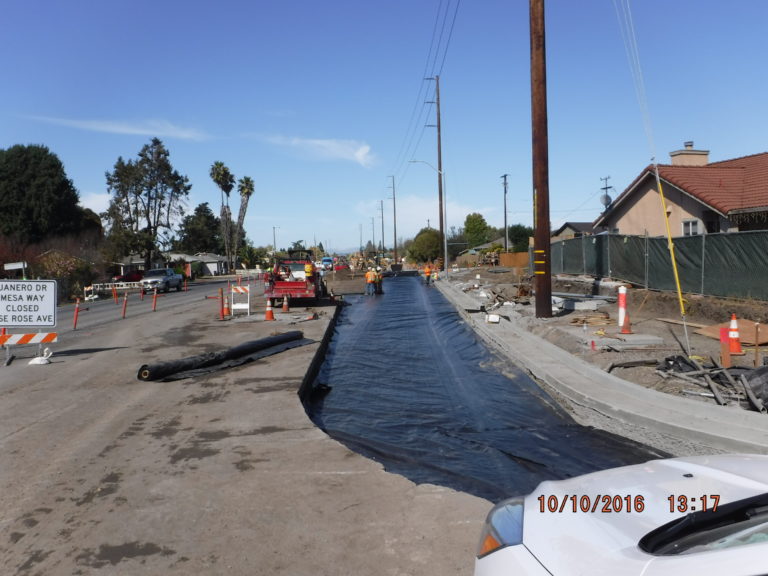


Each new burst of growth has been on purpose there has always been a plan. Unlike so many newer cities, it has not sprawled. There have been very few periods of unplanned growth in Barcelona history. First physical walls and then the limits of geography have hemmed the city in and ensured that its residents are crammed tightly together.Īnd second, it has always been an intentional city, closely conceived and constructed by central planners. In these modest beginnings are already visible two characteristics that would define Barcelona’s development over the years.įirst, it began, and has always remained, a bounded and compressed city, dense from its founding.

Ajuntament de Barcelona, CC BY-SA 3.0, Enlace De Enrique Íñiguez Rodríguez ( Qoan) - Barcino/Bcn (2010). Barcino, sketched in its original location over a map of Barcelona’s current Gothic Quarter. It was small, surrounded by a wall roughly 1.5 kilometers in circumference, with the characteristic Roman grid of perpendicular streets. The city’s origins trace back to the Romans, who settled in the area in 15 BC and, in the first century BC, built the medieval city of Barcino. Humans have been settling there, according to archeological remains, as far back as 5,000 BC. It is a neatly defined and easily defensible area, with fertile soil, and it serves as the easiest passageway from the rest of the peninsula into Europe. On the northeastern corner of the Iberian Peninsula, in the Spanish Levante, it sits on a plain of land about 5 kilometers wide, bounded by the Mediterranean Sea to the east, the Collserola mountains to the west, the Besòs river to the north, and the Llobregat river to the southwest.

This project was supported by the Kleinman Center for Energy Policy at the University of Pennsylvania, where the author, David Roberts, is a senior fellow.īarcelona is in a perfect place for a city. It provides background and context for a five-part series about the city’s current comprehensive urban plan, which would reclaim more than half the streets now devoted to cars for mixed-use public spaces, or “superblocks.” You can find part one of that story here. The story below is a brief history of urban planning and transformation in Barcelona, Spain.


 0 kommentar(er)
0 kommentar(er)
